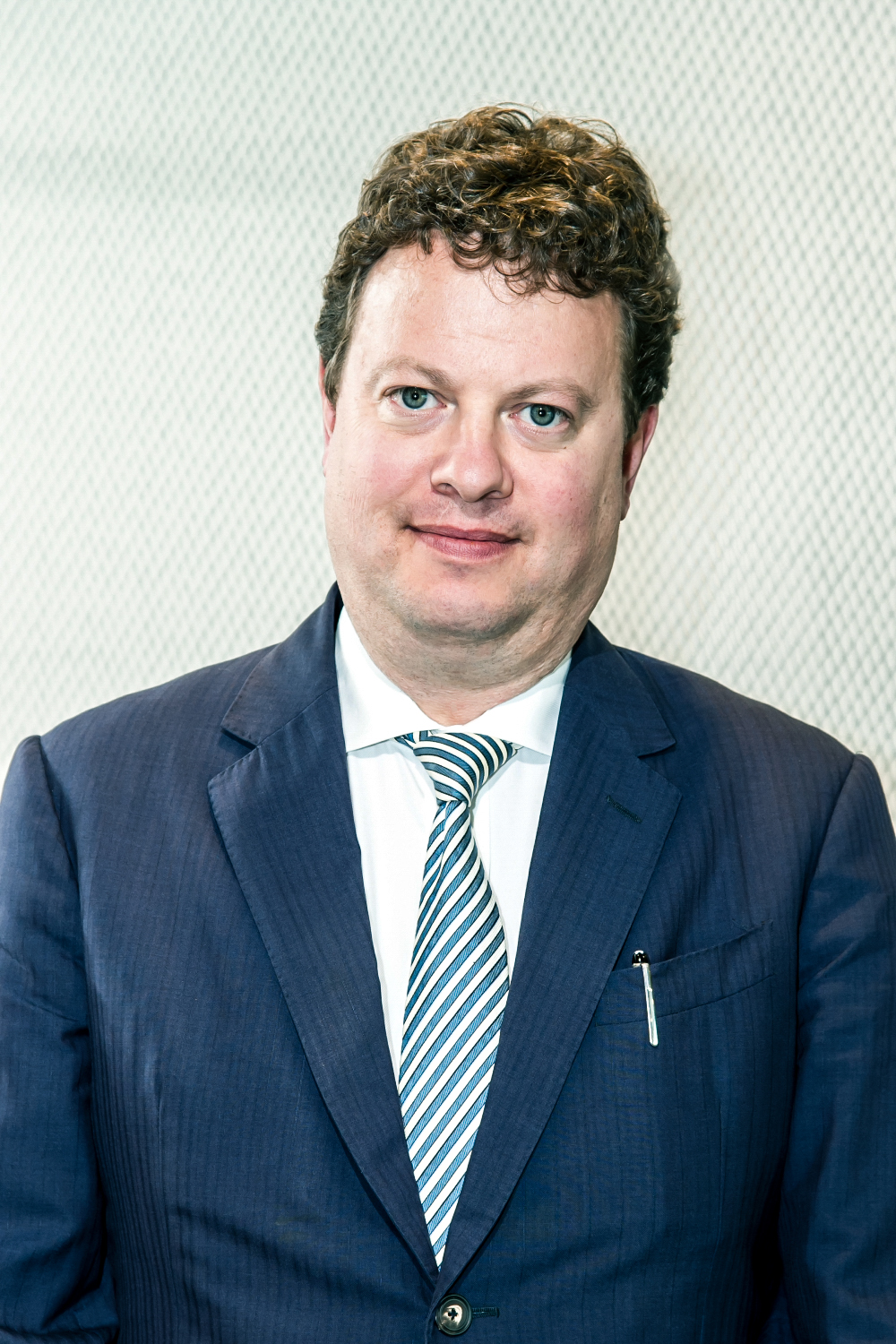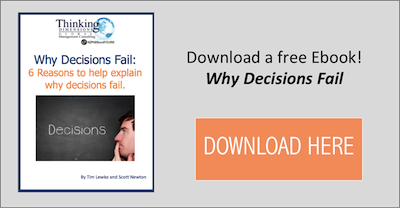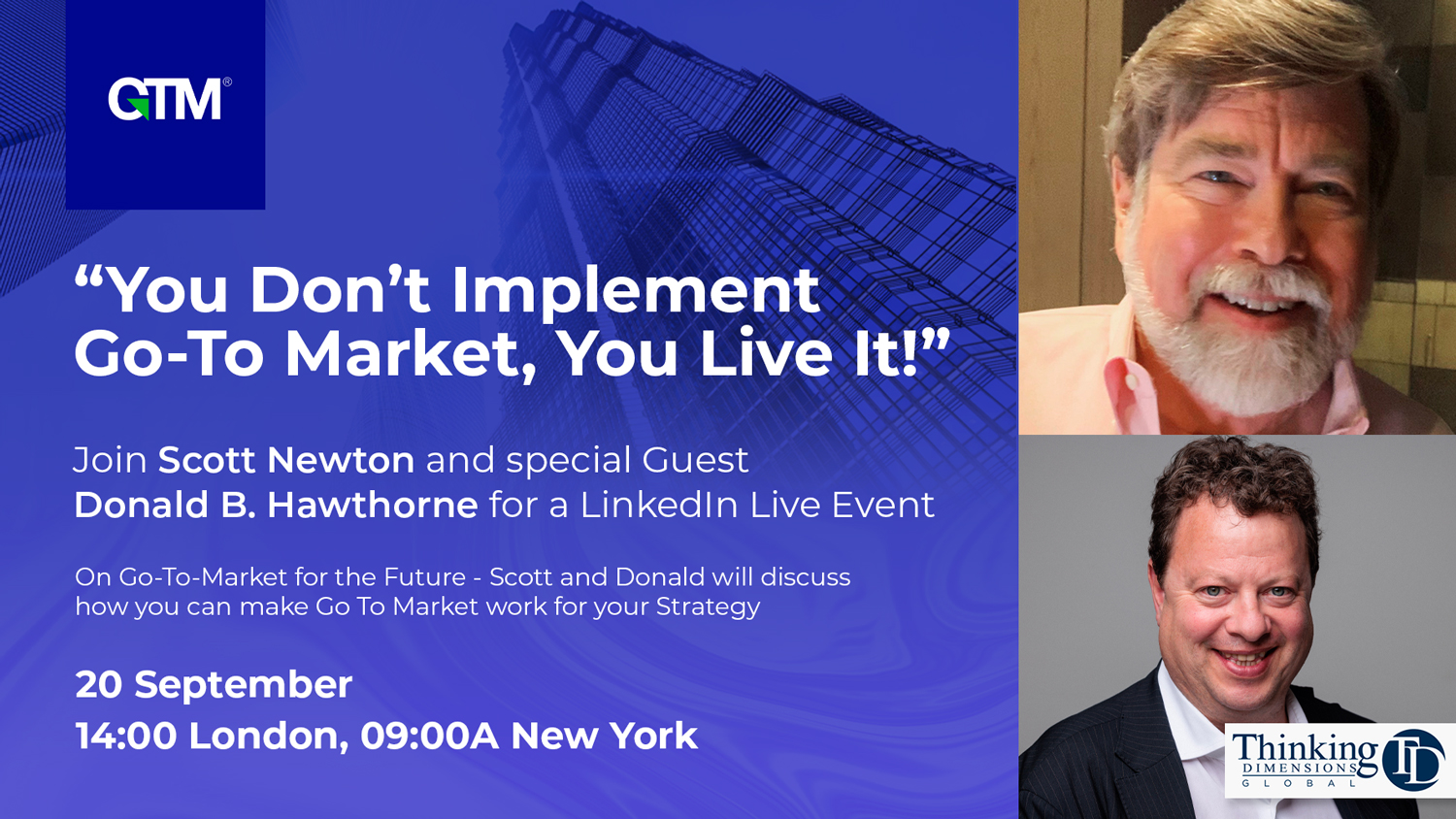Enter the headquarters of many organizations, peruse corporate websites, open annual reports, and review company overviews and you often find the statement "People are our greatest asset" and "Our people are our competitive advantage" written and otherwise prominently exhibited. Interviewing people who work within the same organizations however often provides a contrasting answer. And while most organizations tend to protect their assets rather well, it seems they are content to let their "greatest asset" walk out the door to a competitor.
What is even more interesting to note, is how people at one organization seem to be able to overcome any challenge, beat any competitor, and thrive in the environment of change within a dynamic team whereas a very similar person at a competing organization in the same sector is looking for a new opportunity to move at the earliest reasonable moment or is just waiting for their bonus payout so they can monetize their agony prior to change. Yet both groups of organizations seem to have at least superficially recognized the importance of people.
Human resources, psychologists, neurologists, to recognize a small number of disciplines involved, have spent time and effort detailing the explanations of the differing people performance phenomenon which business leaders regularly return to looking for improvement and development of competitive advantage.
While there are not necessarily quick wins or easy changes there are a few strategic commonalities I have noted that enable one or more of your teams to improve at a higher level and enjoy doing so:
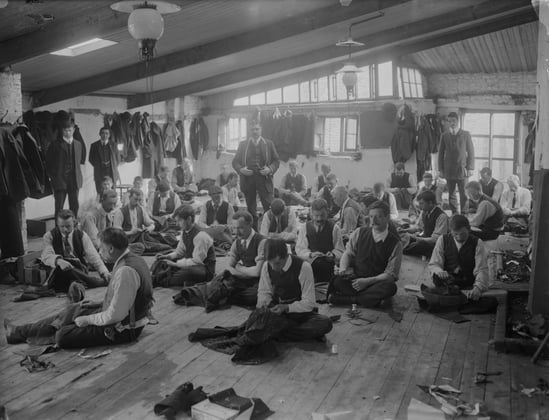
In summary, what is happening in the high performance team and organization is that people are focused on the relatively few credible important goals and have a roadmap of how they will arrive realistically within a determined timeframe. The big decisions necessary for success have been selectively taken and the rationale agreed to with the stakeholders. Taking the strategic choices necessary to develop an organization that generates better outcomes due to the performance of their people is not easy- the alternative is much more difficult as it will eventually lead to a "me too" organization that is simply following the competition or becomes a zombie company that very few people really want to work for.
